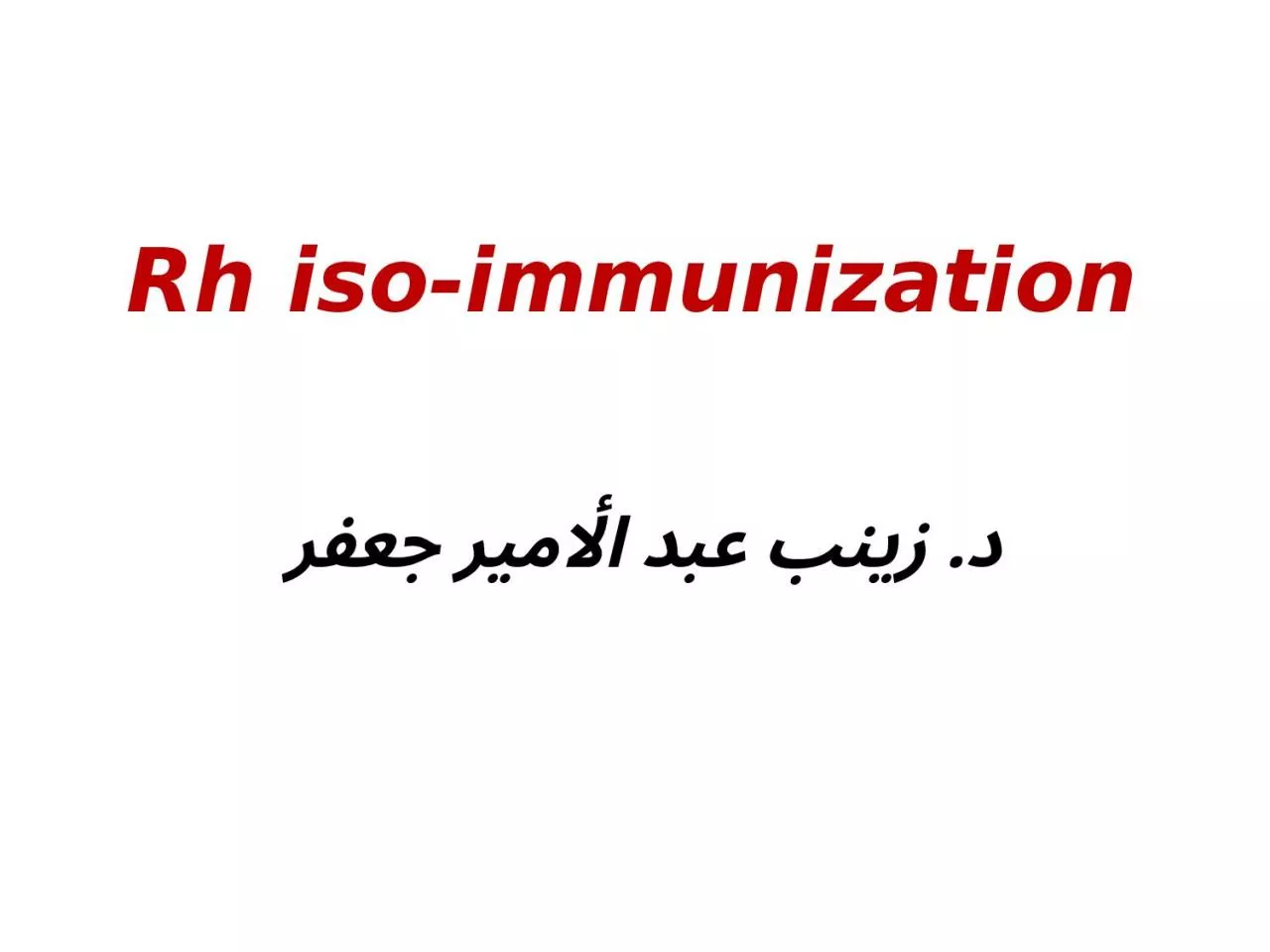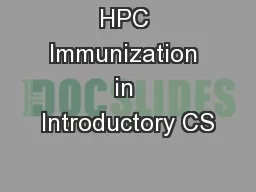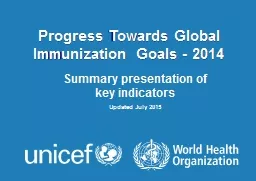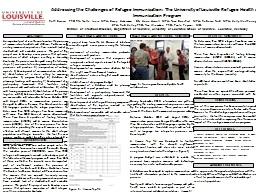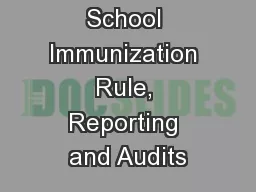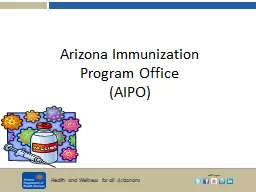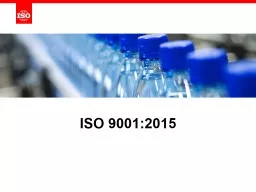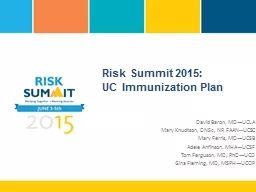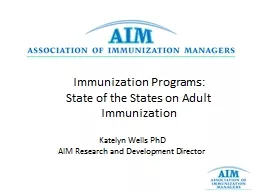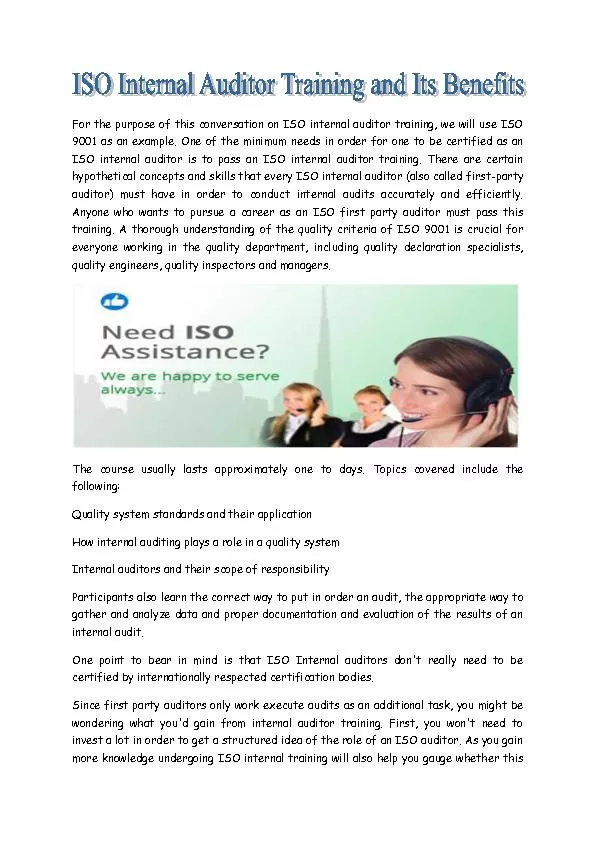PPT-Rh iso -immunization د. زينب عبد الأمير جعفر
Author : heavin | Published Date : 2022-07-13
Blood group is defined in 2 ways ABO group O A B AB Rhesus system C D E antigens ABO group O A B AB About 20 of all infants have an ABO maternal blood group incompatibility
Presentation Embed Code
Download Presentation
Download Presentation The PPT/PDF document "Rh iso -immunization د. زينب عب�..." is the property of its rightful owner. Permission is granted to download and print the materials on this website for personal, non-commercial use only, and to display it on your personal computer provided you do not modify the materials and that you retain all copyright notices contained in the materials. By downloading content from our website, you accept the terms of this agreement.
Rh iso -immunization د. زينب عبد الأمير جعفر: Transcript
Download Rules Of Document
"Rh iso -immunization د. زينب عبد الأمير جعفر"The content belongs to its owner. You may download and print it for personal use, without modification, and keep all copyright notices. By downloading, you agree to these terms.
Related Documents

